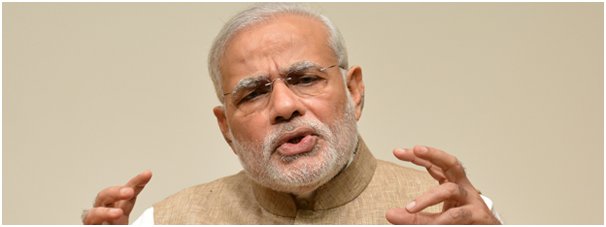05/22/2015
India / GDP

The Modi government’s first year in office has boosted confidence and improved foreign perception. But to sustain that optimism, the government needs to start implementing its reform plans.
The Indian government’s win with a single-party majority last year raised expectations for structural reform and faster growth. In the past twelve months, there is a palpable improvement in the perception toward India, as markets have swung from broad mistrust to drawing confidence from the new administration. Prime Minister Narendra Modi’s efforts to forge stronger ties with strategic global partners have also provided an “open for business” image. The improvement in confidence brought US$42 billion of foreign capital inflows into Indian asset markets in 2014.
The economy is also in better shape now than a year ago. While policymakers get some of the credit, favourable externals – low commodity prices and ample liquidity – have also helped. Looking ahead, while the outlook has improved, faster growth to over 9% will come only gradually as structural constraints remain. In fact, some of the reform measures, including subsidy rationalisation, smaller hikes in support prices and a clampdown on black money could crimp growth in the short-term. Moreover, any reversal in the favourable external environment would present additional headwinds. Incorporating sharp revisions in the growth series, real GDP growth is expected to rise to 7.8% in the 2015/16 fiscal year and 8.3% a year after.
On reforms, the agenda over the past year has been broad-based but modest/incremental. While the groundwork for crucial reforms is complete, the more difficult phase of implementation still lies ahead.
In sum, while the government’s first year in office has boosted confidence and improved foreign perception, sustaining that optimism will not be easy. GDP growth should rise but not as quickly as many expect or hope. Execution risks for reforms loom large but we are optimistic. Reform takes time, to be sure. But there’s no time like the present to get moving.




